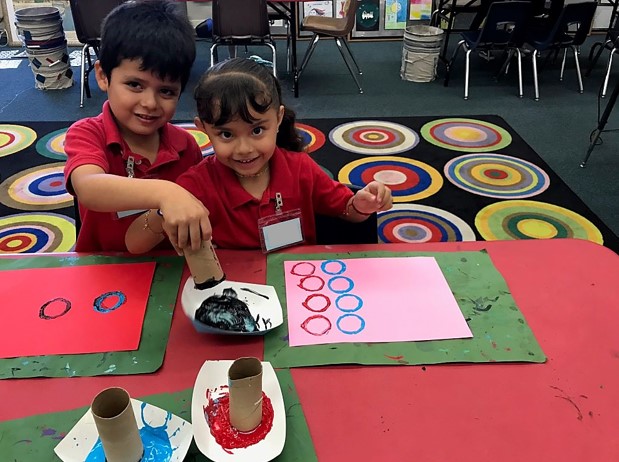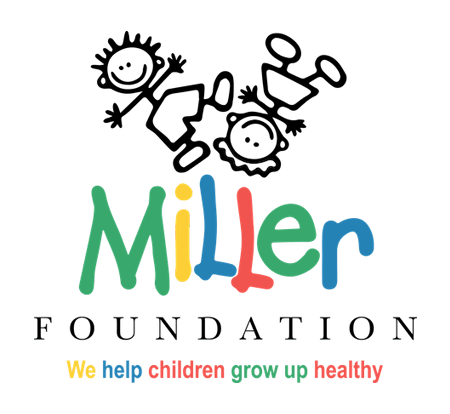Arts Programs

The Miller Foundation seeks to support organizations or programs that partner with schools and school districts to provide arts education programs on a regular and consistent basis. We are interested in the visual, performing (e.g., music, theater, dance), and literary arts.
Priority Focus Area: Arts education
Background
A child’s regular participation in the arts substantially promotes healthy human development. Important outcomes of arts involvement include: promotion of creativity and analytical thinking, coordination and mind-body agility, language development, educational advancement, improved mental health, and positive social expression and confidence.
These positive outcomes are best achieved when a child’s involvement in the arts occurs over a prolonged period of time, is sequential and builds increased awareness and skills, and involves active engagement through direct participation. Arts education is an important vehicle for getting children involved in the arts, and is most effective when it is fully integrated into the core curriculum. This philosophy pertains to general or specialized arts education programs focused on dance, music, theater, visual arts, and literary arts.
Cuts in funding, focus on STEM (science, technology, engineering, and mathematics) curricula, and the requirements of standardized testing have significantly reduced the arts in education. Parents, teachers, and administrators in affluent Long Beach neighborhoods have made up for this deficit through contributions, volunteering, and fundraising for special programming and facilities in their local schools as well as ensuring the availability of afterschool arts classes and enrichment.
Students in low-income areas are hard hit, because parents and schools are not able to provide the resources to integrate the arts into children’s education to make up for school budget shortfalls. Yet students in low-income areas are the very students that would most benefit from regular exposure and engagement in the arts.
Examples of programs the Foundation supports include (but are not limited to):
- Teacher training that enables instructors to teach the arts and integrate the arts into core studies
- Partnerships with arts organizations for sustained artists in residency programs where artists are engaged in instruction and hands-on experiences
- Specialized arts training that enables talented students to pursue in-depth arts studies
- Leveraging the Foundation’s involvement and resources to improve school policies to integrate the arts into the core curriculum of children’s education
- Programs that promote arts engagement among children and youth exhibiting low academic performance or negative social behaviors
Desired Outcomes
With its partners in the nonprofit and public sector in Long Beach, the Foundation hopes to help move the needle for children’s development through the arts in North, West Central, and Southwest Long Beach. Here are some of the indicators we hope to see as a result of our joint efforts:
- Increase the number of children receiving regular high-quality arts programming in the classroom including measuring the number of art experiences for each child
- Raise academic performance (e.g., attendance in school, increased success in school) among children participating in arts education programming
- Demonstrate the linkage between arts engagement and promotion of positive social behaviors and mental health
- Grow the diversity of arts instruction offered, raising children’s experiences in the arts across more than one form of art

